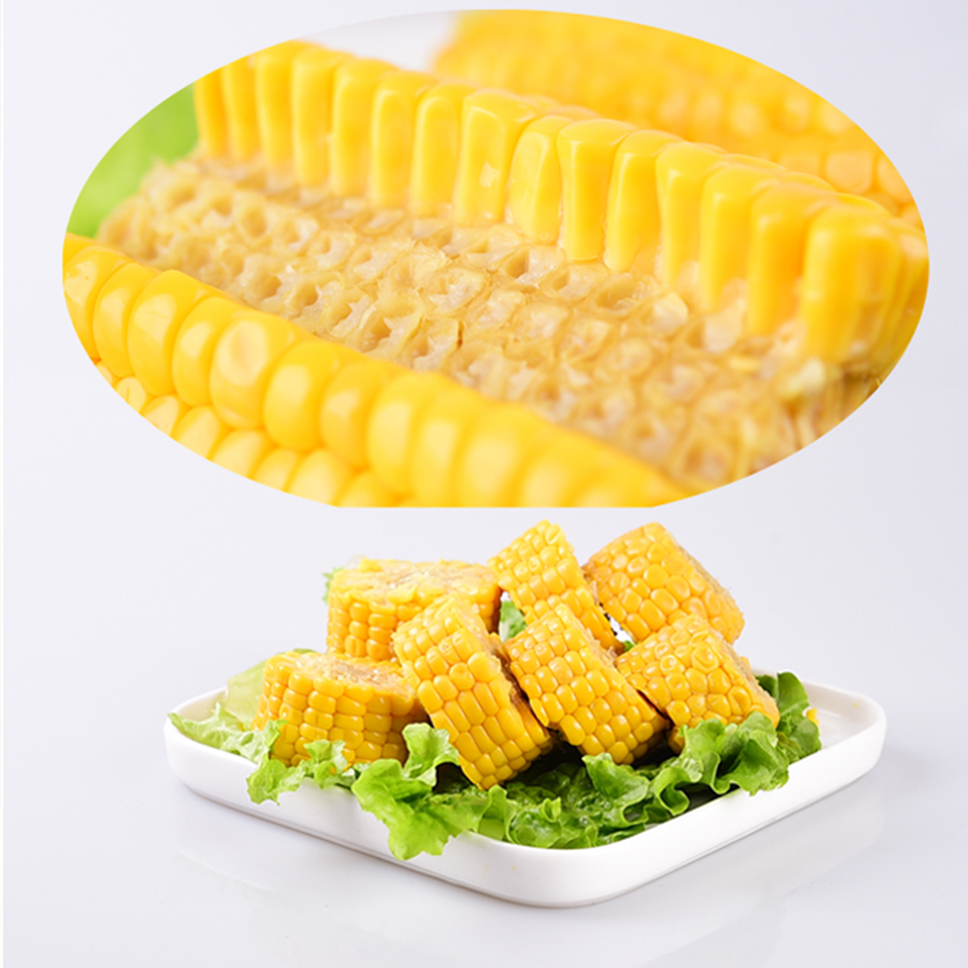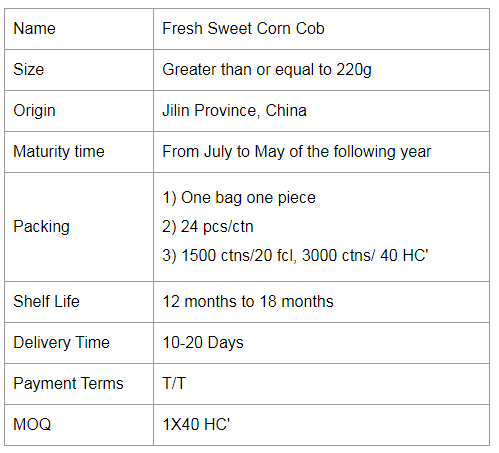Recently, Xi'an Institute of Optics and Mechanics of the Chinese Academy of Sciences announced the successful development of a femtosecond laser high-precision processing equipment that can be used for industrial preparation of cardiac stents. This new device can realize high-quality and low-damage cutting processing of a variety of materials, and solves the quality problems caused by the processing precision of the domestic heart stent. This is another welcome development in the field of medical devices. However, we should continue to maintain an open-minded attitude: this progress is a partial breakthrough, and the victory of the local battlefield does not mean that we have mastered the strategic initiative. The overall situation of imported medical devices in the high-end medical device market has not changed. Femtosecond laser processing equipment For example, in the cardiovascular surgery of many famous top three hospitals in Beijing, the consumption of imported cardiac stents is significantly higher than that of domestically produced products. Large-scale hospitals are indispensable for cost-effective medical imaging equipment such as spiral CT and nuclear magnetic resonance equipment. Philips, Siemens and GE have an absolute advantage in this field. The high-throughput in vitro diagnostic testing equipment is indispensable in the inspection department of large hospitals. The Roche Cobass series is currently the industry benchmark. Foreign-funded enterprises have long-term control of 70% of China's high-end medical equipment . In order to achieve import substitution in the field of medical devices, Chinese companies have to work hard for many years in research and development. As the saying goes, "there is a long way to go." If there is a horizontal comparison, there is still a gap between domestic medical devices and the world's leading level, but this gap is gradually narrowing. If compared vertically, domestic medical devices have made great progress in recent years. High-end medical devices such as cardiac stents, color B-ultrasound, and fully automatic 5-class blood cell analyzers can be localized, and it is already a valuable breakthrough. “How good is the quantitative change, and “there is no†is the qualitative change. Domestic medical equipment was once unsuccessful, and it was not until recently that it saw the dawn. Although people can see the facts, it is not always possible to explain the facts in a scientific and reasonable way. Some people think that Chinese goods are not because Chinese culture is "lack of creativity", "lack of craftsmanship" and "lack of quality sentiment." This kind of view is said to be nothing more than a contemporary version of "River", which is a self-dwarf of reverse racism, and has no relationship with real reasons. Scientifically explaining the development trend of the medical device industry requires knowledge of industrial economics plus a historical perspective. The reason why domestic medical equipment is lagging behind in history is that China’s former economic environment is not enough to support the industrial ecology of medical devices. What is the industrial ecology of medical devices? The highly mature US and EU in the medical device market is a good reference sample. The characteristics of the medical device industry in Europe and America are “three highs†– high threshold, high investment and high return. The high threshold, embodied in the development of medical devices, relies heavily on the country's industrial base and technology accumulation. If a country does not have a sound material system or material standards, what should be used to manufacture medical devices? High investment means high R&D costs. Taking the famous medical device company Abbott as an example, the annual research and development expenditure in 2016 was as high as 1.422 billion US dollars. Where are these silver coins spent? On the one hand, we must support the R&D team. R&D personnel belong to a high-knowledge group, and the salary is not slow. Engineers with Ph.D. degrees generally earn more than $100,000 a year. On the other hand, it is also used for a large number of product testing, and the requirements of the drug regulatory department are even more sloppy.
Sweet corn. The light green outer leaves of sweet corn are yellow grains, but also purple and yellow. The grains are small and round, the skin is thin and soft, tender, sweet and delicious.Contains carotene, zeaxanthin, with the effect of eye protection.
Corn is also a good choice for consumption during weight loss because of its high available energy. The metabolic energy of corn is 14.06 MJ/kg, with the highest being 15.06 MJ/kg, the highest of the cereal feeds. This is mainly due to the fact that there is very little crude fibre in corn, only 2%, while the nitrogen-free leachate is up to 72% and the digestibility is up to 90%; on the one hand, corn has a high crude fat content, between 3.5% and 4.5%.
So how do you cook a sweet corn?
Corn Cob,Fresh Corn Cob,Ready Sweet Corn,Single Packed Sweet Corn Cob Jilin Province Argricultural Sister-in-law Food Co., Ltd. , https://www.nongsaocorns.com
Sweet corn is most often boiled into soups. It is a favorite soup for children and adults, whether it is made into a clear corn soup with ribs or pureed with cream.
1. Leave the leaves
If you strip the leaves off, the corn will lose nutrients and flavor when it cooks, so it's best to leave two thin leaves to make it easier to cook and have a nice aroma.
2. Soak
Soak the corn in cold water for 20 to 30 minutes before boiling, then boil it on high heat to give it a bit more chew.
3. Add salt
When the water is boiling, add a little salt to amplify the sweetness of the corn.

